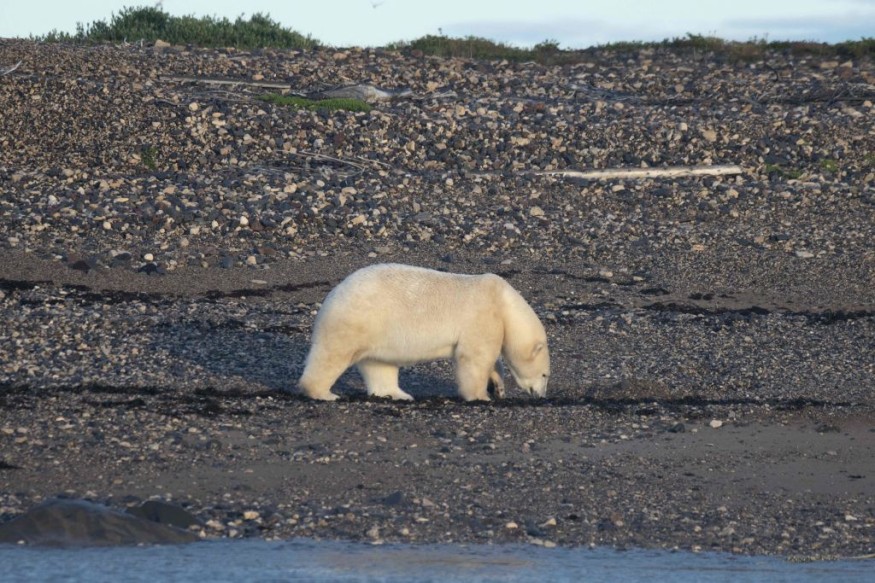A polar bear that was believed to be scavenging on carcasses of birds inflicted by bird flu had died.
Authorities said that the polar bear was found dead on Alaska's North Slope.
They said that it was the first of the species known to have been killed by the highly pathogenic avian influenza that is circulating among animal populations around the world.
First Polar Bear Case

The polar bear was found dead in October near Utqiagvik, the nation's northernmost community, according to the Alaska Department of Environmental Conservation.
The discovery of the virus in the animal's body tissue, a process that required sampling and study by the North Slope Borough Department of Wildlife Management and other agencies, confirmed in December that highly pathogenic avian influenza was the cause of the polar bear's death.
Dr. Bob Gerlach, Alaska's state veterinarian, said that this was the first polar bear case reported for anywhere.
Due to this, it was reported to the World Organization for Animal Health and the incident has gotten attention in other Arctic nations that have polar bears.
Authorities said that this was also the first Endangered Species Act-listed animal in Alaska known to fall victim to bird flu.
Polar bears, which are considered as dependent on sea ice that is diminishing because of climate change, have already been listed as threatened in 2008.
Polar bears are known to eat seals that they hunt from sea ice. However,
While polar bears normally eat seals that they hunt from the sea ice, it appears that the polar bear that died was scavenging on dead birds and ingested the influenza virus, Gerlach said.
Numerous birds on the North Slope of various species have died from this avian influenza, according to the Department of Environmental Conservation.
Lethal To Wild Population
Officials noted that the death of the polar bear death was a sign of the unusually persistent and lethal hold that this strain of highly pathogenic avian influenza has on wild animal populations two years after it arrived in North America.
Highly pathogenic avian influenza spreads rapidly in flocks of domestic poultry, often requiring massive culls to control the contagions.
Experts noted that such outbreaks have been of concern in the past because of their economic consequences for global agriculture.
Until recently, wild birds were afterthoughts. Though they were known to carry the viruses, wild birds are still largely unaffected even they were used to ferry between domestic poultry populations.
Experts noted that the phenomenon has changed dramatically.
The prior US outbreak of highly pathogenic avian influenza during 2014 to 2015 has already resulted in some wild bird infections, and some influenza-caused bird die-offs occurred in Europe shortly thereafter.
However, experts said that the current version is considered unprecedented in its effect on wild birds and other wildlife.
The highly pathogenic avian influenza of 2014 and 2015 was introduced from Asia to North America by wild birds migrating through Alaska, which is a catchall area for birds from North America or the Americas, as well as from Asia.
The current influenza is also crossing continents through Alaska, though from multiple directions.
Related Article : 37,000 Birds on Chicken Farm Slaughtered in Peru to Control Bird Flu Disease Outbreak
© 2025 NatureWorldNews.com All rights reserved. Do not reproduce without permission.





